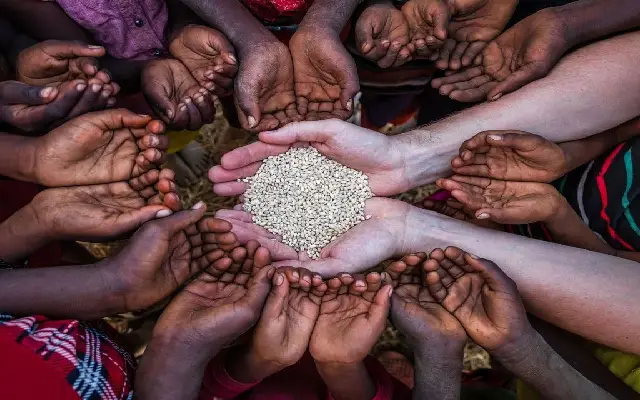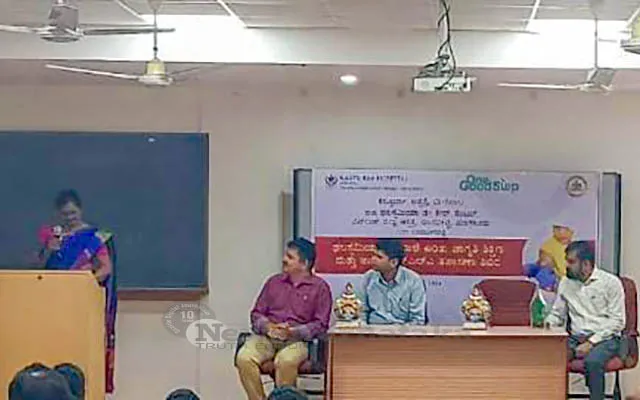India’s ambitious solar energy programme will mean less pollution and widen the spread of electricity into rural areas, but with one problem: power will occasionally run out if there is no sun. And quality of life won’t improve for villagers suffering from chronic electricity outages. Now researchers from the United Kingdom and India are working together to create Bio-CPV, a system of smart power supply that supplants solar with readily available bio-mass and hydrogen. This low-cost mix is expected to create uninterrupted supply, starting with a remote village near Shantiniketan in West Bengal.
Now researchers from the United Kingdom and India are working together to create Bio-CPV, a system of smart power supply that supplants solar with readily available bio-mass and hydrogen. This low-cost mix is expected to create uninterrupted supply, starting with a remote village near Shantiniketan in West Bengal.
“This is the first time that such an integration has been attempted in India,” said Prof Shibani Chaudhury , professor of environmental studies at Viswa-Bharati University at Shantiniketan, who is leading the project in India. Work started in 2012, when experts first started to work on the idea. It has taken them three years to reach a point where installations can begin in Pearsonpally, a small village near Shantiniketan.
The project is expected to start generating power by 2016, to about 45 households. Biomass will be collected locally from weeds, and water hyacinth in ponds and mixed with cow dung to start producing methane, a biogas. A small quantity of hydrogen will also be produced. “Hydrogen is dangerous, and needs to be handled with care. So we will produce a limited quantity of it,” Chaudhury said in an interview with HuffPost.
The project is being jointly funded by Research Councils UK (RCUK) and India’s department of science and technology. Experts from the Universities of Sheffield, Exeter, and Nottingham are sharing their inputs with scientists from Visva-Bharati, IIT Madras and IIT Bombay. Prof Tapas Mallick of Exeter is the UK project leader.
Local villagers are being trained on collecting biomass, running the power generation system and maintaining solar panels. “The villages will be able to use it on their own after the project is over,” Chaudhury said. That would bring relief to the villagers, who currently suffer unpredictable power cuts through the year, and especially in the hot summer.
“Decentralised hybrid power plants with different renewable technologies can be the most efficient, cheap and sustainable options for rural electrification,” says Mallick in the research paper for the project. For the 80,000 Indian villages yet to be connected to the electric grid, this might be the answer.
















